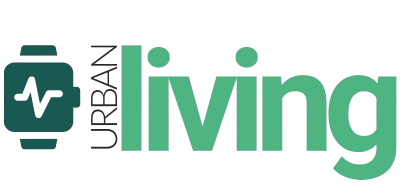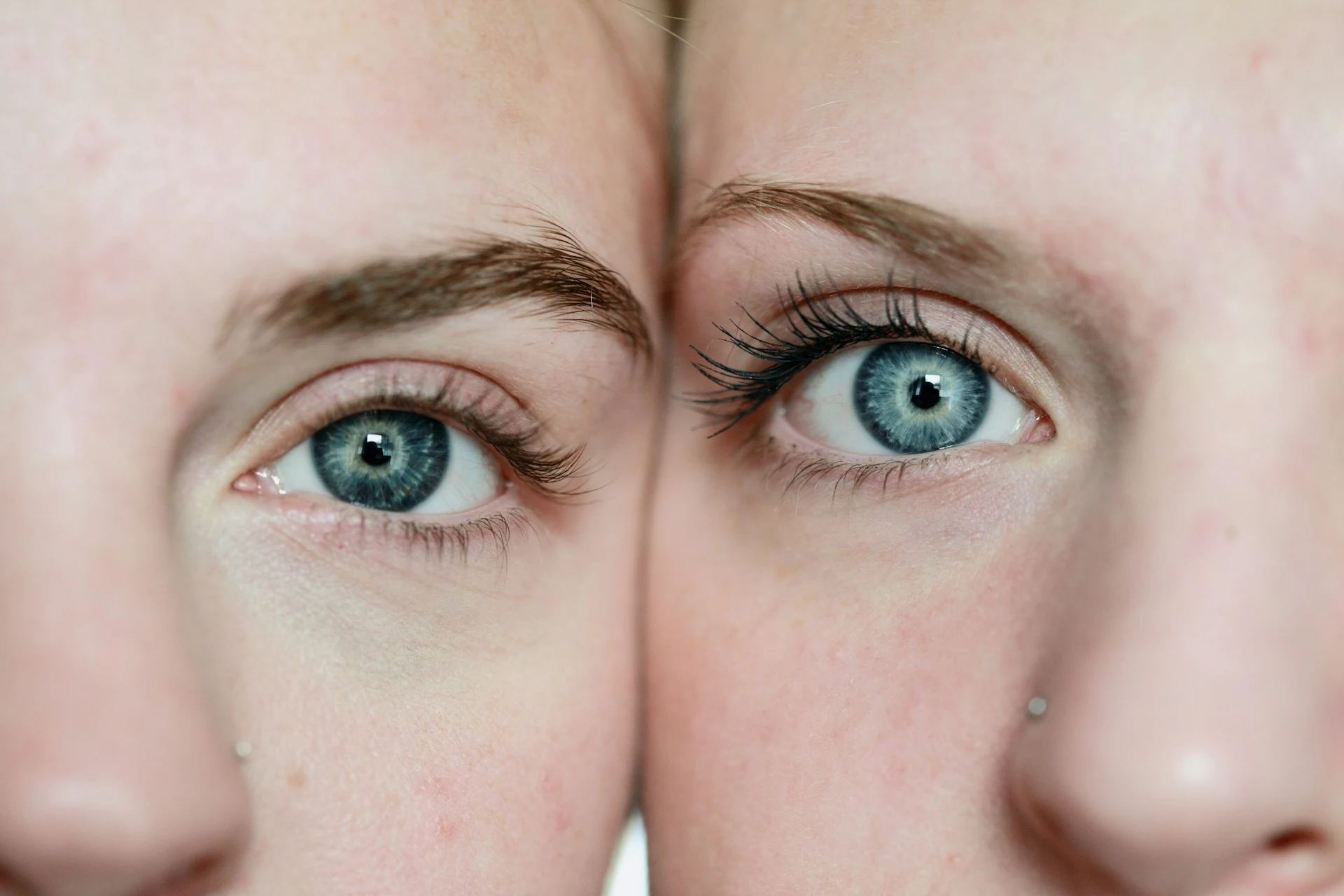Deciding between ReLEx SMILE and LASIK? Our detailed comparison covers everything from procedure specifics to recovery, helping you understand which vision correction surgery fits your lifestyle and eye health needs better.
Laser eye surgery is a medical procedure that involves reshaping the surface of the eye with a laser.
Many people undergo this treatment to improve or correct near- and far-sightedness and astigmatism. It can also help overcome presbyopia or difficulty seeing up close as we get older.
Read more: Best ReLEx SMILE clinics in Singapore
LASIK was among the first laser-guided corneal reshaping procedures, and it works for all types of refractive errors. SMILE is a more recent version that has fewer side effects. It is less invasive than LASIK, but it only works for people who have myopia and, in some cases, astigmatism.
And now, it’s time for the big question:
Is ReLEx SMILE better than LASIK?

There’s no easy answer, but let’s explore the main differences and similarities!
How does the most well-known and widely performed form of laser vision correction — LASIK — compare to one of the most popular, more recent procedures to hit the market — SMILE?
If you’ve been considering correcting your vision, you’ve probably come across these laser vision correction methods. So, with a life free of glasses and contact lenses in front of us, let’s get right into our comparison!
What is LASIK?
The most common laser refractive surgery to correct vision problems is LASIK eye surgery.
Related article: A Comprehensive Guide on LASIK in Singapore: Costs, Suitability, Risks
LASIK surgery can correct one of the following vision problems:
- Myopia (nearsightedness): is the inability to see distant objects.
- Hyperopia (farsightedness): Difficulty with near vision.
- Astigmatism: Uneven curvature of cornea or lens, which causes distorted or blurred vision.
LASIK is a quick procedure you can complete in 30 minutes or less. Highly anxious patients may want to opt for sedation. Physicians drop numbing eye drops, and the eyelids are held open with an instrument.
A small blade or cutting laser creates a small flap in the cornea. Then, the physician folds the eyelids to gain access to the reshaped portion of the cornea.
Programming a laser beam helps reshape the cornea while the physician also removes a small number of corneal tissues. You can continue to participate in everyday activities soon after a LASIK procedure. However, it takes two to three months for the eyes to heal completely.
You may experience blurry vision for two to three months after surgery. Patients may also experience itching, watering, redness, and dryness of the eyes following surgery.
What is ReLEx SMILE?
Small incision lenticule extraction (SMILE) is a newer type of LASIK-based laser refractive eye surgery. SMILE is most commonly used to treat nearsightedness or myopia in people who are not good candidates for LASIK. SMILE is less invasive than LASIK because it does not involve cutting a flap in the cornea to reshape it. SMILE involves flattening and reshaping the cornea with a single laser.
Related article: ReLEx SMILE in Singapore: Side effects, Costs, Suitability, Risks
The procedure, duration, anesthesia used, and even the cost for SMILE surgery are all very similar to LASIK. SMILE surgery’s healing and recovery times are similar to those for LASIK, but the eyes’ risk of scarring and dryness is lower in SMILE than in LASIK.
Because there is only one laser involved, you will not be moved from one device to another, so SMILE is a good option for people with myopia.
Small incision lenticule extraction (SMILE) and LASIK are both relatively safe procedures with comparable side effects. Because it does not involve the creation of a flap, SMILE has a lower risk of scarring.
In this ReLEx SMILE and LASIK comparison, we can see several apparent differences between the two, such as flap creation, a treatment that they can cover, and so on. The avoidance of flap complications is among the primary advantages of the SMILE procedure over LASIK eye surgery.
So, when it comes to correcting short-sightedness, the SMILE procedure takes the lead. However, LASIK has a long history in the market. ReLEx SMILE is less well-known, and there are more LASIK-specializing eye surgeons.
In other words, it is easier to find eye clinics that offer LASIK than it is to find one that offers SMILE treatment. However, we expect to see a shift in this soon as more people learn about SMILE and more satisfied patients come forward with their testimonies.
We can’t say which is superior because they’re not the same. Finally, the individual determines the choice of surgery and its suitability for either procedure.
LASIK vs ReLEx SMILE: Which is better? What is the difference?
Even though both LASIK and SMILE are highly effective and safe refractive surgeries, they still differ in terms of side effects and procedure steps.

Differences Between LASIK & ReLEx SMILE Eye Surgery
LASIK and SMILE are vision correction procedures that produce similar results (20/20 vision). The main distinction between LASIK and SMILE is that SMILE does not remove corneal tissue with an excimer laser.
However, there are still a few other distinctions between the two procedures, such as:
LASIK
- Makes use of an excimer and a femtosecond laser.
- Might lead you to experience dry eyes.
- Requires postoperative restrictions.
- Moderately invasive procedure.
- Requires a corneal flap.
- Capable of correcting more refractive errors than SMILE.
- Cost $3,000 – $5,000 on average. (Read more: LASIK Costs in Singapore: An Eye Doctor Explains Everything)
- Procedure takes 10-15mins on average.
- Requires central corneal thickness of at least 500 microns.
- Eye surgeons use a high-pressure suction ring. The cornea flattens, resulting in total vision loss.
- More likely to have dry eyes.
- 1% to 2% chance of corneal flap complications.
- Complete visual recovery usually takes 2-3 weeks.
- Contact sports not advisable as cornea flap may dislodge.
ReLEx SMILE
- Uses a femtosecond laser only.
- Comes with a lower risk of dry eye symptoms.
- Has a slightly faster recovery time than LASIK.
- Minimally invasive procedure.
- Does not need a corneal flap.
- Cannot correct hyperopia (farsightedness).
- Cost $5,000 – $7,000 on average.
- Procedure takes 5-10mins on average.
- Requires central corneal thickness of at least 550 microns.
- Eye surgeons use contact glass with an anatomically curved shape and low suction pressure. There is no blackout, and it feels as gentle as a contact lens.
- Less likely to have dry eyes.
- No risk of corneal flap complications. But there is a 1% to 2% chance of lenticule complications.
- Complete visual recovery usually takes 1-3 months.
- Can play contact sports in 6 weeks.
Your eye surgeon can help you decide whether LASIK or SMILE is right for you based on your needs and the type of refractive error you have.
You must also know that one of the essential things ophthalmologists do is ensure their patient’s prescription is stable. Most patients often inquire about how long their ReLEx SMILE eye surgery will last. Let’s clarify that now that the effect of laser surgery on the eye is permanent.
This permanency, however, does not automatically mean that they eventually require reading glasses as they reach middle age. If you’ve had ReLEx SMILE, it still doesn’t rule out the possibility of having another procedure in your forties to address the reading glasses issue.
In short, ReLEx SMILE is permanent, as is the effect of surgery, but our eyes change as we age, and you may require reading glasses in the future.
Now that we’ve got those differences sorted out let’s discuss what these procedures have in common. With both being corrective eye surgeries, we’ll surely notice a similarity or two. After all, SMILE offers many of the same benefits as LASIK.
Similarities Between LASIK & ReLEx SMILE Eye Surgery
It’s time to tell you what LASIK and the ReLEx SMILE Eye Surgery have in common. One noteworthy similarity would be the amount of danger involved in both procedures are only a little. Both procedures are highly safe, secure, and efficient.
ReLEx SMILE is among the most advanced and safest elective eye surgeries available for people with myopia or astigmatism. After the brief laser procedure, you will most likely be free of glasses or contact lenses for good. SMILE works similarly to LASIK eye surgery in that it reshapes your cornea to correct your refractive vision error.
The potential side effects and complications in both SMILE and LASIK are similar:
- Short-term eye dryness
- Double vision
- Temporary inability to see in the dark
- Increased light sensitivity
- Under-correction or over-correction issue
- Astigmatism
- Changes or loss of vision
Other than side effects, these two procedures have similar general eligibility criteria:
- You must be over 21.
- There shall be no significant difference in vision over the last year.
- It would be best if you had the possibility of improving vision to at least 20/40.
- Your myopia can only range between 1.00 and 12.00 diopters.
- At the time of surgery, you must not be pregnant, breastfeeding, or taking hormonal therapy.
- Your average pupil size in the dark is about 6 mm.
Other similarities between LASIK and ReLEx SMILE:
- Both procedures require minimal downtime – around 2-3 days on average.
- Even though healing is quick after surgery, you will still need someone to drive you home. Hold the day off from anything that requires you to use your vision, such as watching television, working, or reading.
- Quick and relatively painless process.
- Little to no discomfort.
- Patients can resume light sports activity in about 5-6 days after surgery.
- An ophthalmologist (eye surgeon) performs the procedures.
- The use of a guided laser is present in both.
- These procedures require the need for local anesthesia.
- Many side effects are similar, including blurry vision until the eyes heal, glares, halos, difficulty seeing in the dark, increased light sensitivity, and dry eyes.
- The exact maintenance care system applies to postoperative care.
So, is LASIK better than ReLEx SMILE?
In short, LASIK can treat a broader range of eye conditions and is the most commonly used procedure performed by many surgeons worldwide.
It is excellent for those who need to recover their vision quickly. However, it should consider the risk of dry eyes and corneal flap complications. Not suitable for those who want to participate in contact sports, have dry eye syndrome, or do not want their cornea cut.
ReLEx SMILE, on the other hand, provides the same rapid recovery as LASIK without the risks of dry eyes or corneal flap complications.
ReLEx SMILE is better suited to those who lead an active lifestyle. It is excellent for those who want a quick and painless recovery without the risks of corneal flap and dry eye complications. Because the micro-incision is 80 percent smaller than that of LASIK, it is a minimally invasive procedure.
Lastly, please go for a LASIK suitability assessment at any eye clinic where the eye surgeon will recommend which of the procedure is more suitable for you.

